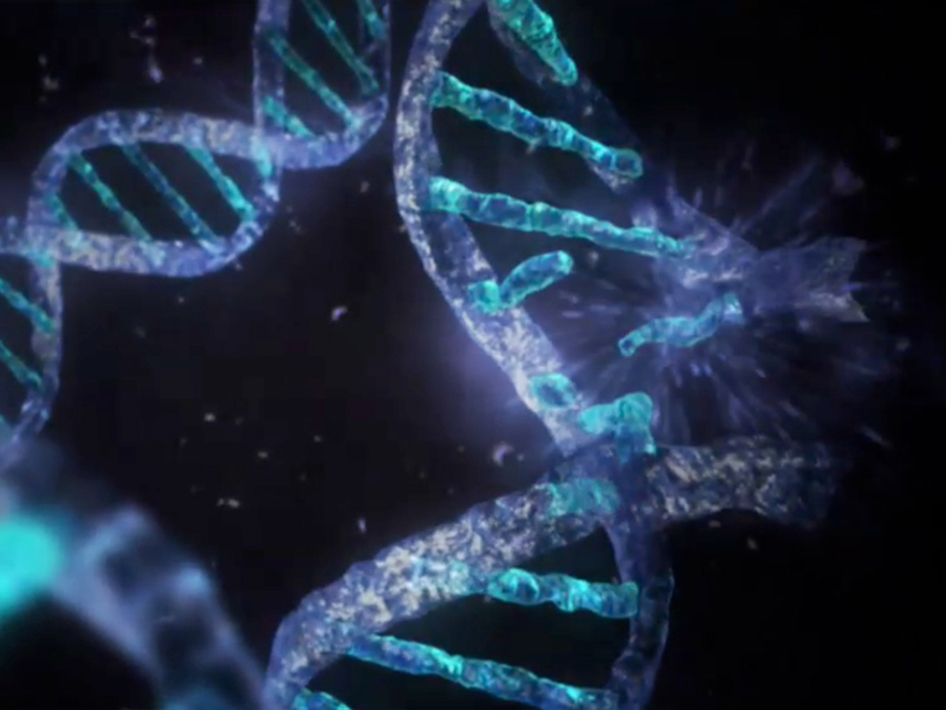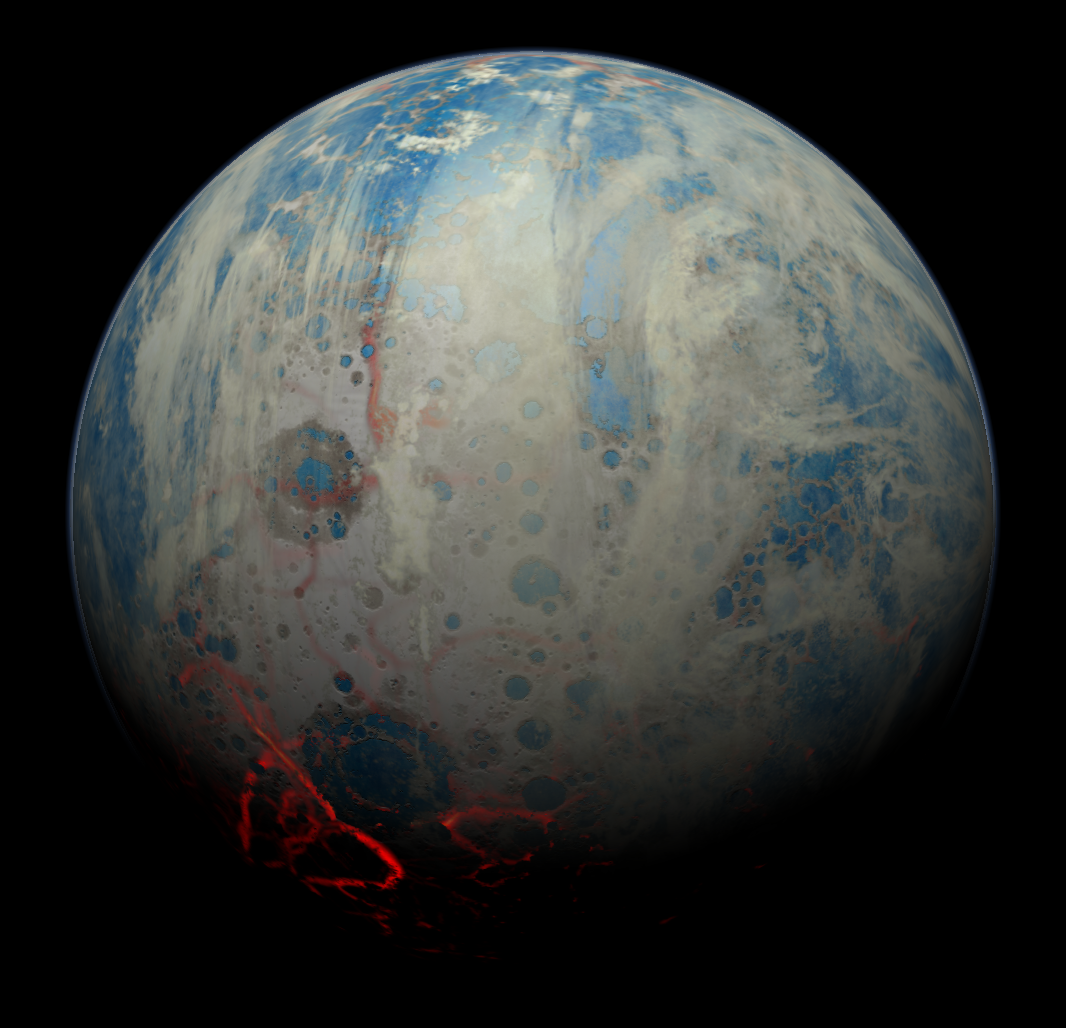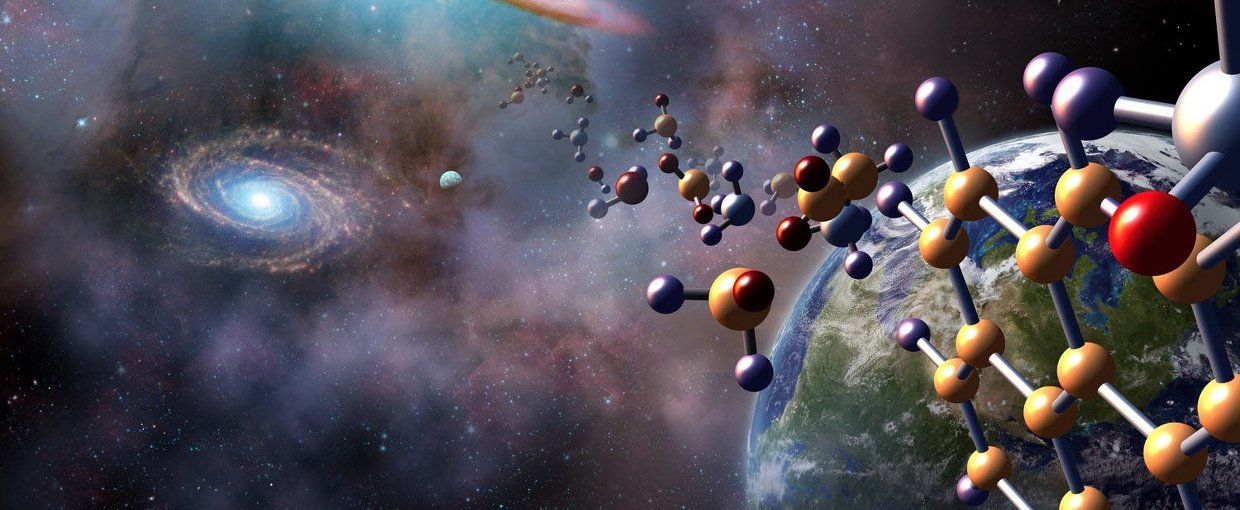
Stromatolite morphology is commonly attributed to environmental factors, and demonstrating the roles of microbial communities in the formation of ancient stromatolites is extremely challenging. However, modern microbial mats show diverse and sometimes intricate morphological features that reflect detailed ecological processes. Mats that form in low flow, low sedimentation environments commonly develop topography that reflects specific microbial behaviors. When one compares them to ancient microbialites that formed in similarly low flow, low sedimentation environments, there are some striking morphological similarities that may allow us to extract substantially more detailed ecological data from the rock record. I will present new results from studies of modern mats growing in ice-covered Antarctic lakes and compare their morphology to Archean microbialites with overlapping properties.
 A Talk With Jim Green
A Talk With Jim Green What Can Extant Genomes Reveal About Early DNA Metabolism?
What Can Extant Genomes Reveal About Early DNA Metabolism? What We Talk About When We Talk About Earth's Oxygenation
What We Talk About When We Talk About Earth's Oxygenation Bowling With Astrobiologists: A Twisted Path Toward the Origin of DNA
Bowling With Astrobiologists: A Twisted Path Toward the Origin of DNA